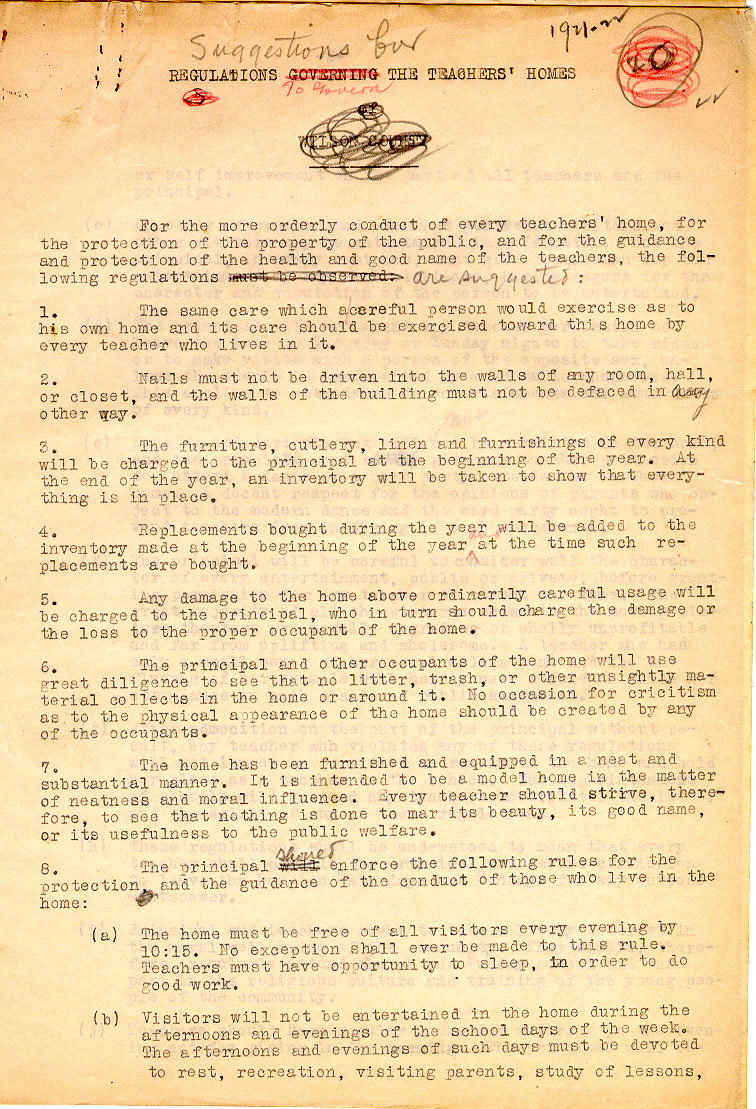(Part 3 of our “welcome back students” series…) It seems that Chapel Hill has seen quite a parade of entertainers and other characters come through town over the years. One such visit from an intriguing 19th-century illusionist named the “Fakir of Ava” is described in the letter below.
![(detail) William Bagley to Mose G. Pierce, from William Bagley Letter Books, SHC #863-z. [detail] William Bagley to Mose G. Pierce (from William Bagley Letter Books, SHC #863-z)](https://blogs.lib.unc.edu/shc/wp-content/uploads/sites/10/2009/08/images-012-300x206.jpg)
A fellow, calling himself the “Fakir of Ava” came through here the other day with a boy & girl proposing to give a grand scientific entertainment to the inhabitants of Chapel Hill; after procuring a house & getting in readiness about a hundred of the students went down & the house I understood was crowded to such an extent that the “Fakir” had very little opportunity for “showing off” & the students being rather noisy he dismissed the assembly, gave them tickets & told them that on the next night he would have a better place & consiquently a better chance for exhibition, but the next morning he left having made some forty or fifty dollars at the expense of the students, several of them followed him to Hillsboro [sic] & I expected that an engagement would have taken place there but as he was exhibiting he let the students go in which I supposed pacified them one of them however, while there became intoxicated & with some other fellows went to one of the taverns & began to be rather noisy & the landlord came out & ordered them off & to enfore his command raised a chair at one of them & this fellow immediately shot him, the ball went into his arm near the shoulder but they say his life is not endangered; the name of the fellow that shot him is Ruffin, he was a member of the sophomore class & lives in Alabama, I believe he has not been heard of since the occurrence.




